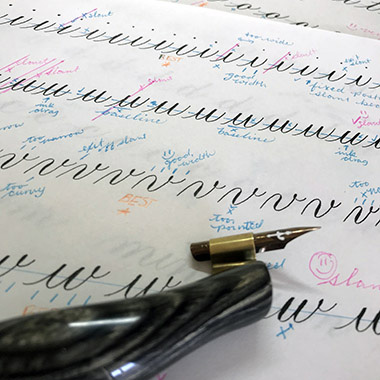What’s really wrong with your handwriting
improve your fine motor skills

When you google “improve handwriting” you will find a bunch of listicles telling you to hold your pen a certain way, loosen your grip, slowing down, and writing the letters over and over. These tips will definitely help, but they are exactly what we were taught it school. If they didn’t work then, they might not work now. The problem may stem more from the fact we were never taught how to really hone are small motor skills. In my experience, these can be improved by some simple drills that you can do throughout the day.
My experience
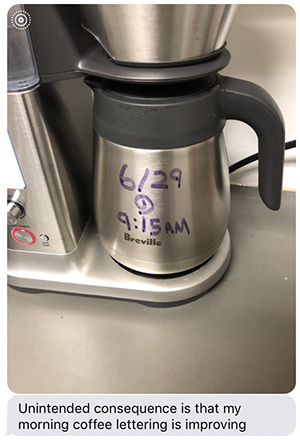
Last week, my partner, Stephan, came home from work frustrated because he needed to do some illustrations, but they weren’t turning out how he wanted. I suggested he do a few of my favorite drills. He isn’t the type to do things half heartedly. For the next week he was doing them every spare moment he had—in meetings, on the phone, while watching TV. Within a few days, he was texting me that he had to write something with a dry erase marker and noticed his handwriting had gotten better. He’s a lefty, so this can be a big deal!
The drills I do
- Ovals (vertical): going both directions
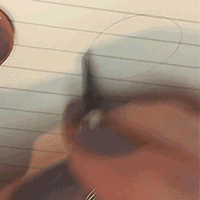
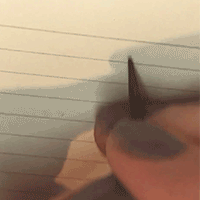
- Running ovals

- Ovals (horizontal)
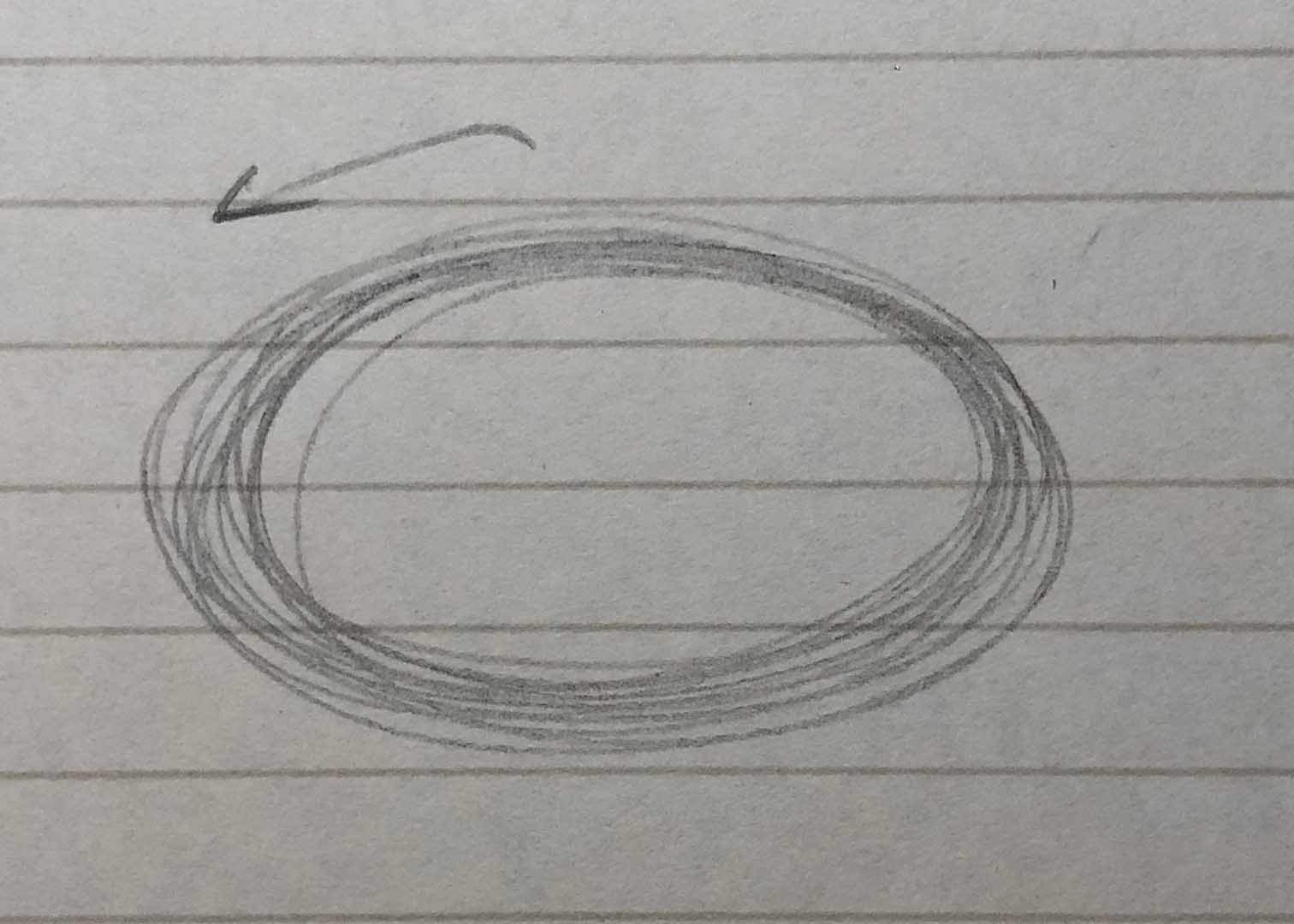
- Running lines
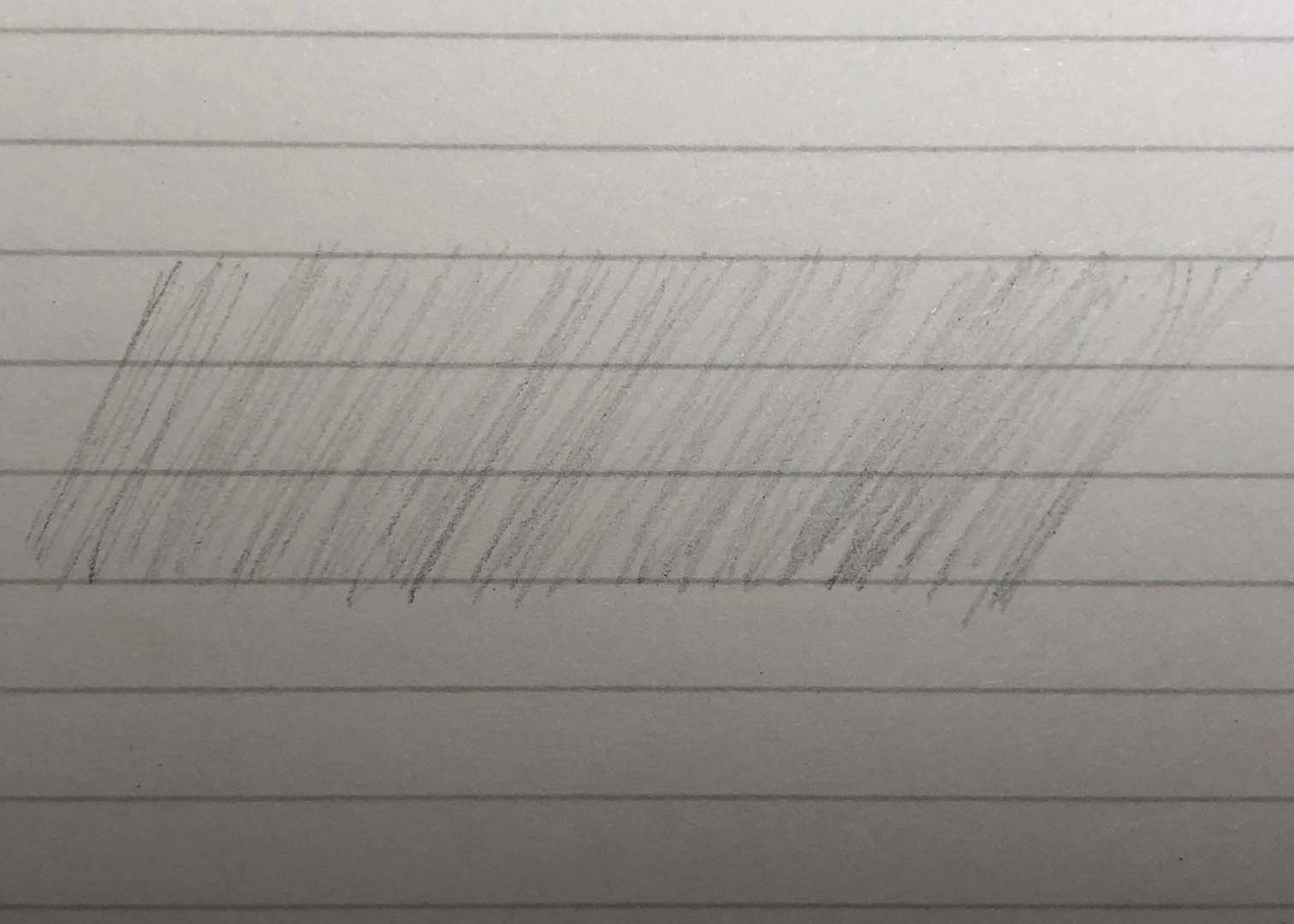
- More complicated drills when I want to mix it up
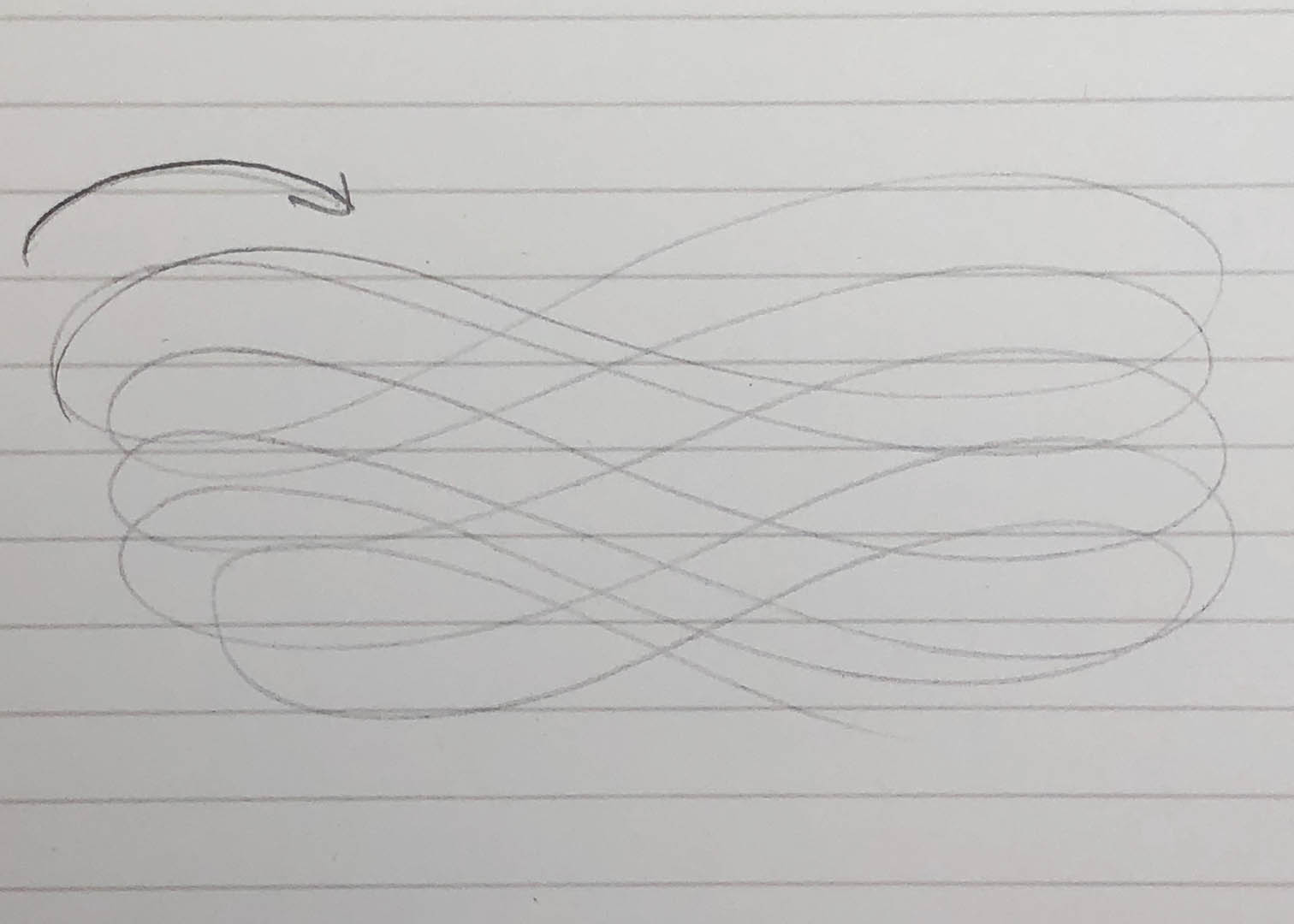
Serpentine 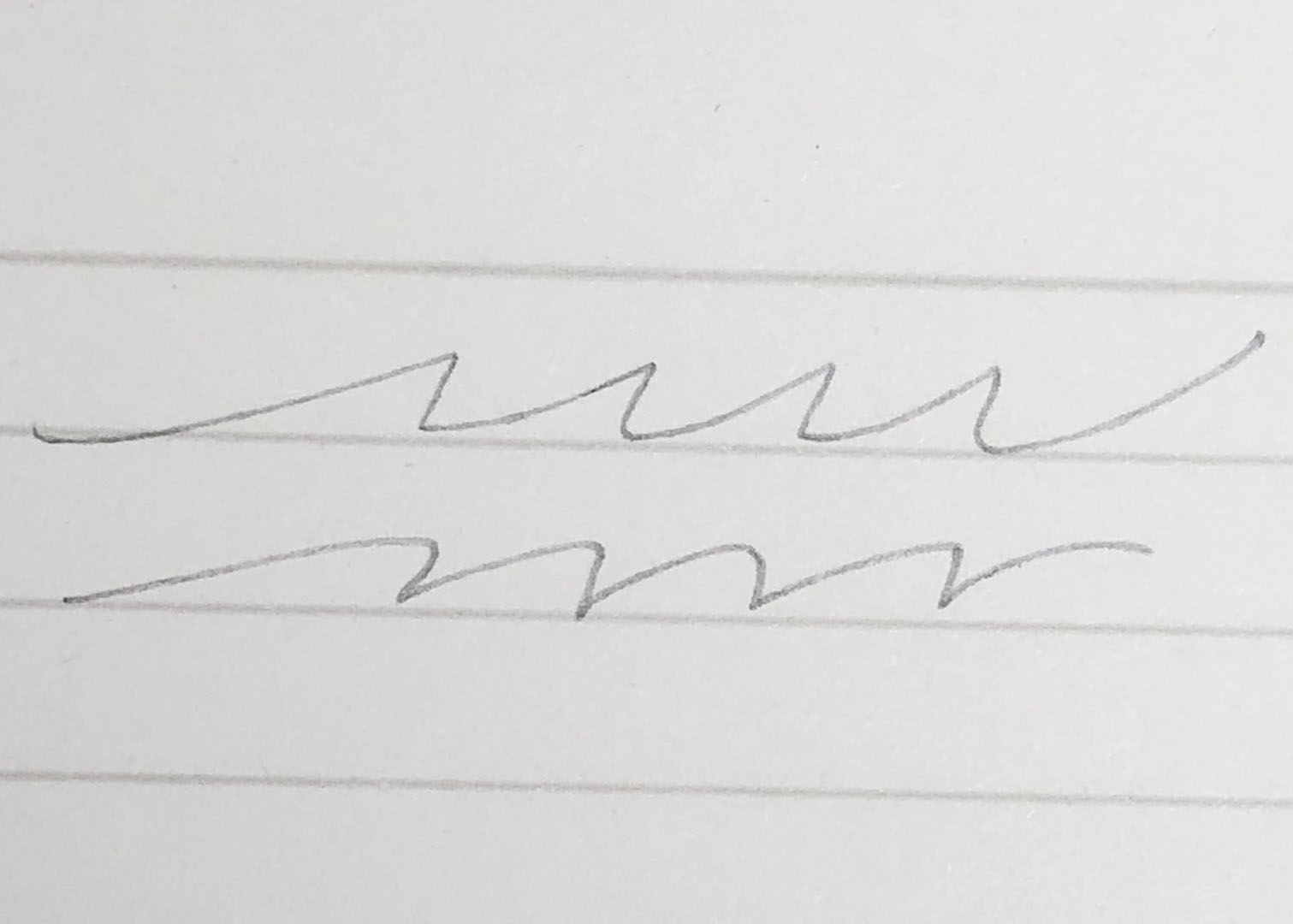
Running i stroke & m stroke 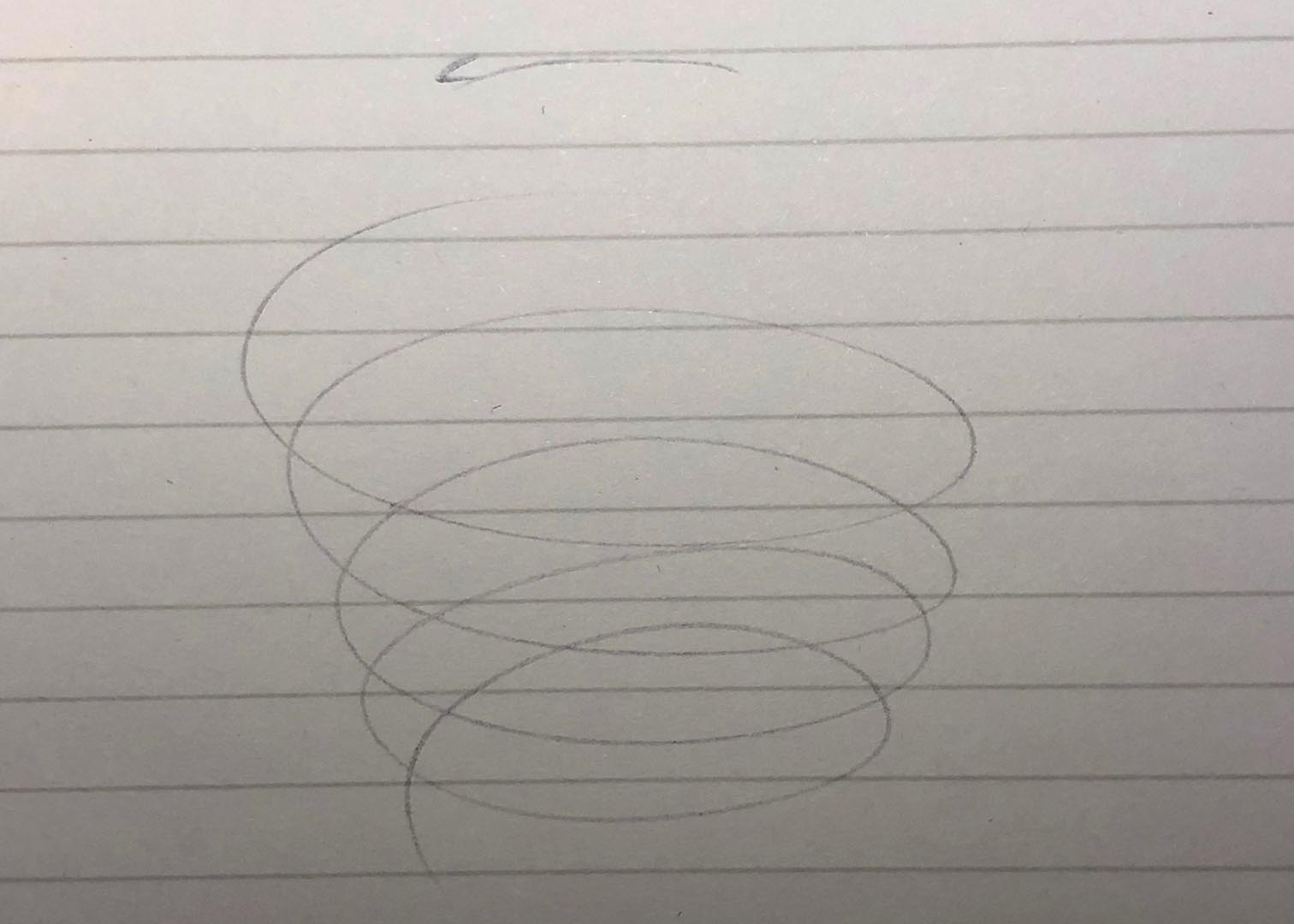
Cascading ovals
How I practice
When practicing these drills I suggest:
-
Using your favorite tool, whether that is a pencil, a pen, a digital drawing tablet (like Stephan did), or a draw erase marker. You may decide to use the tool your write with most. But, I love to do mine with a pencil because you can easily see how hard you press.
-
Writing lightly. You aren’t trying to build muscle here—just muscle memory and the brain to hand connections that go with them. There should be as little hinderance as possible. If done right, there won’t be any hand cramping or muscle soreness.
-
Doing them during any free moment (especially when you are just starting). If you work in an office situation, and normally have a fidget device you use when on the phone, or thinking through a problem maybe give these drills a try. They can be very meditative!
In conclusion
While the tips you’ve been taught since first grade are definitely helpful, sometimes getting down to the basics can be more helpful than anything else. With these simple drills you can really start seeing a change in how you’re hand relates to your writing instrument. If you decide to give this a try, please, let me know how it goes. I would love to hear if they help you!
 Katie Leavens
Katie Leavens
